Exhibition archives
-
17.11.2023
14.04.2024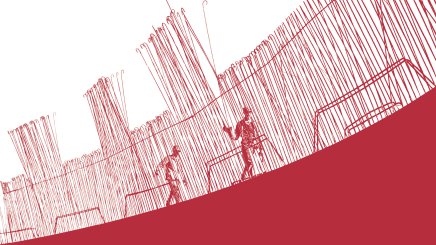
Rationed Modernity. Modernism in the Polish People’s Republic
Rationed Modernity. Modernism in the Polish People’s Republic (Polska Rzeczpospolita Ludowa, PRL) exhibition focuses on the determinants and limitations of modernisation processes in Poland after World War II. They were both economic and organisational in nature, as well as politically related to the functioning of undemocratic authorities that imposed ideological restrictions on culture. -
14.04.2023
15.10.2023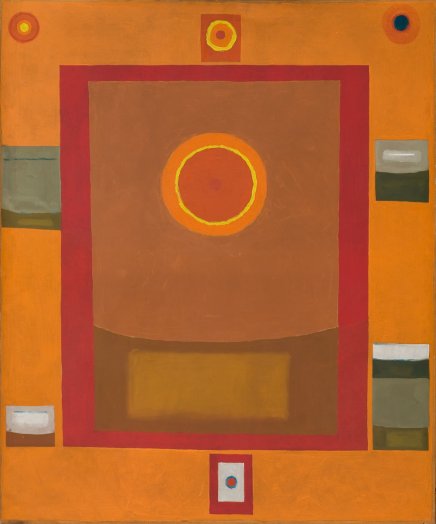
Nowosielski. On the Centenary of the Artist's Birth
-
21.03.2023
18.08.2024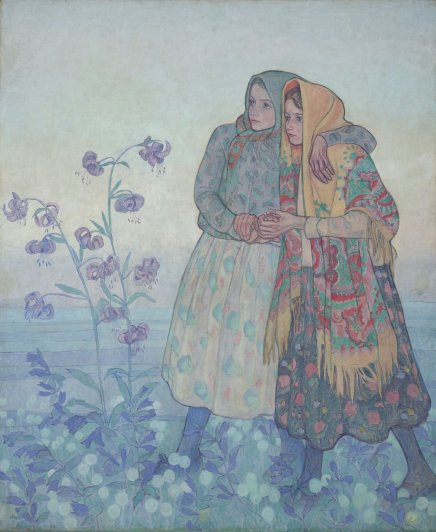
On a return visit. The decorative panels by Jan Rembowski from the Dłuski Sanatorium in Zakopane
After almost 100 years, more decorative panels painted by the artist Jan Rembowski (1879–1923), following the panel Pochód górali (Procession of Highlanders), will return temporarily to Zakopane. The two monumental works entitled Pochód dzieci góralskich (Procession of Highlander Children) and Pochód góralek (Procession of Highlander Women) were initially part of the artistic interior design of the theatre room in the main building of the sanatorium operated by Bronisława and Kazimierz Dłuski in Kościelisko.
-
30.05.2023
10.09.2023
Beginnings of print in the Polish lands. The first printers and their books
The beginnings of print in the Polish lands date back to the mid-15th century and are associated with the arrival of itinerant German printers who had reach the land situated along the Vistula river in their search for work. The main centre of their activity was Kraków and the first well-known printer to operate there was Kaspar Straube.
-
27.06.2023
07.01.2024
The Singer. A Masterpiece by Józef Mehoffer
Starting in the spring of 1894, Józef Mehoffer, who was on scholarship in Paris, began to devote his free time quite intensively to music. He owed this to having made the acquaintance at that time of the Janakowski sisters, Jadwiga (1871-1956), his future wife, and Wanda (1873-1940), who had come to the French capital to study art. They were from a landowning family in the Eastern Borderlands. Jadwiga developed her painting skills, while Wanda’s forte was singing. Both were particularly fascinated by the music of Richard Wagner
-
29.09.2023
31.12.2023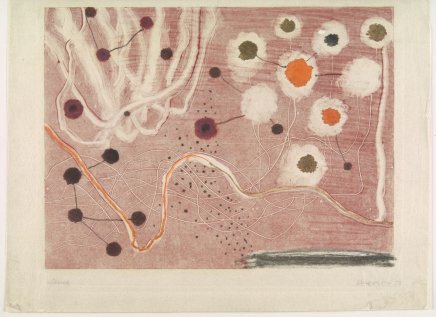
Adam Marczyński. Lyricism and Form
The presentation of more than 60 works from the collections of the National Museum in Krakow and the Museum of Art in Łódź aims to highlight the moment at which the artistic credo of Adam Marczyński was taking form, where the caesura is the 1940s to the mid-1960s. The exhibition examines the post-war output of the artist, who in his later years became interested in geometric abstraction. It is an excellent opportunity to juxtapose the artist’s painted works with the subtle, even poetic drawings and outstanding monotypes. The story ends with works associated with the geometric abstraction movement. Marczyński’s art. -
18.04.2024
15.09.2024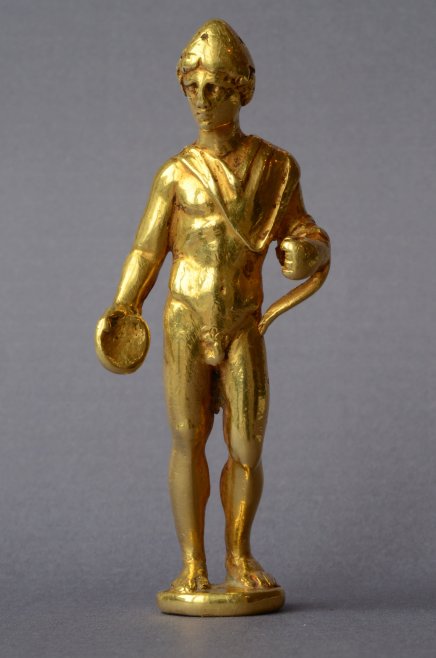
GOLDEN FLEECE - THE ART OF GEORGIA
The National Museum in Krakow is already inviting you to the first not only in Poland, but probably also in Europe, such a comprehensive, panoramic and wide-ranging exhibition of Georgian art - from the oldest traces of human activity through stunning, ancient examples of Kolchida gold, stone steles of the early Middle Ages, the most ancient traces of human activity, enchanting ancient examples of Colchis gold, stone steles of the early Middle Ages, shimmering with a blaze of colours medieval illuminated codices, modern clothes, militaria, through landscapes illustrating the changing face of Tbilisi and paintings by Pirosmani, to avant-garde art of the 20th century, including the contribution to its development of Polish artists, who tied their lives to this beautiful and unusual country. -
01.08.2023
21.01.2024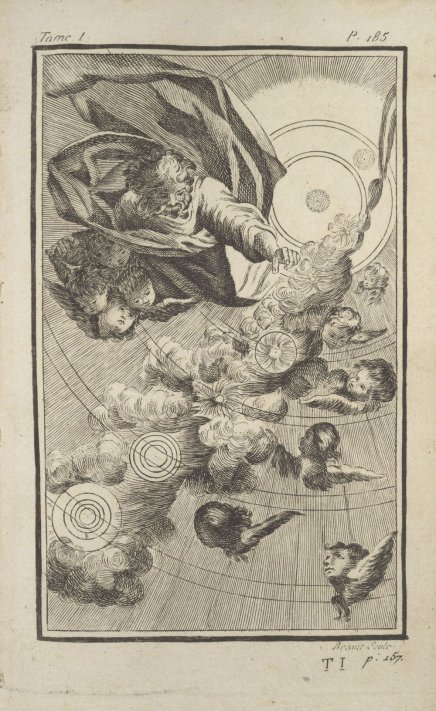
SIX DAYS OF CREATION
The Biblical account of the Creation of Heaven and Earth spans 31 verses of the first book of the Old Testament, Bereshit in Hebrew, and Genesis in Latin. The conciseness of this description has excited the literary imagination of humankind since ancient times, and since the Middle Ages it has been a canvas on which to visualise the beginnings of the world.
-
20.10.2023
07.07.2024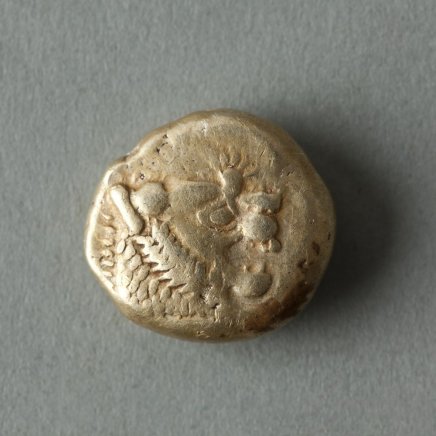
Glitter of gold. From the Collection of the Numismatic Cabinet
The Emeryk Hutten-Czapski Museum is a very special place. It is first and foremost a kind of national treasury, where the most precious collection of Polish coins and medals is stored. Additionally, it is perhaps the only collection of this type which survived the Second World War virtually without losses despite comprising mainly objects made of gold, which were frequently the first victims of wartime looting and pillage by occupying forces and individuals exploiting the chaos and disruptions of that time. -
23.01.2024
23.06.2024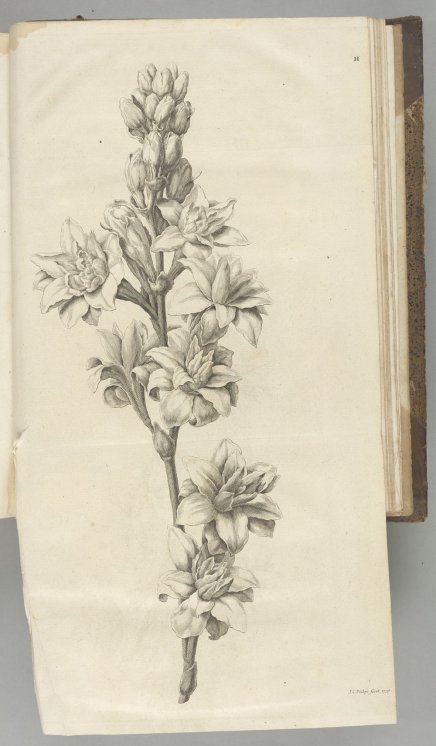
THE EDWARD GOLDSTEIN LIBRARY
The library of Edward Goldstein (1844–1920) is part of a collection donated to the National Museum in Krakow in 1909 by a doctor, anthropologist and collector, who lived for over 40 years in emigration in Paris, where he sought refuge following the January Uprising. -
06.02.2024
07.04.2024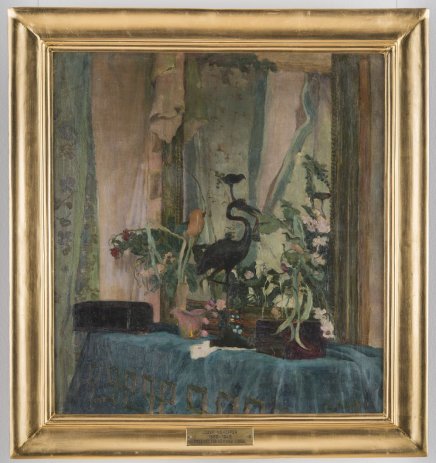
Ornaments on the Mantlepiece. Display of the Painting by Józef Mehoffer
The works from the easel of Józef Mehoffer include still lifes alongside his quite numerous landscapes, genre and allegorical scenes. Although they are only a complementary strand in the rich iconosphere of the artist’s paintings and more modest in number, they are a nevertheless significant one. They are an expression of an important feature of his creative personality, or of his character in general – a tendency to devote his attention to small everyday motifs, to notice their inconspicuous beauty and decorative qualities, sometimes hidden mystical meanings, and their importance arising from their connection with specific people and situations. Mehoffer’s still lifes are thus images of slices of reality reproduced with feeling, and each is characterised by a specific, intense emotional shade. -
03.10.2024
02.03.2025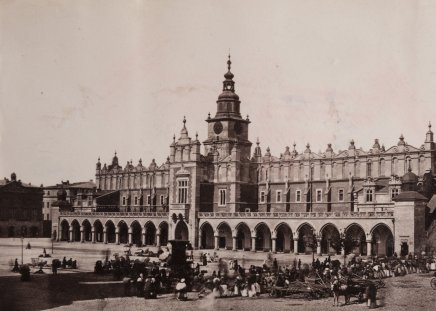
145
In 2024, the National Museum in Krakow celebrates another, 145th anniversary of the institution's establishment. On this occasion, we invite you to a small commemorative and anniversary exhibition in the “Malarnia” room in the Cloth Hall (Sukiennice). We want to recall the history of the creation of the first national museum institution in the Polish lands under partition. -
17.01.2025
15.06.2025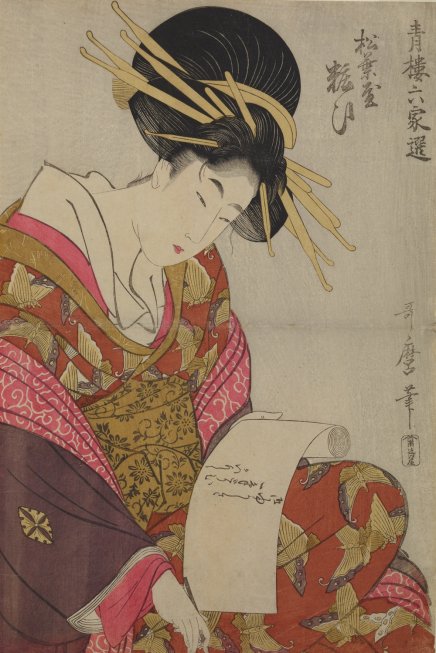
Utamaro
Japanese woodblock prints from the collection of the National Museum in Krakow
It is with great satisfaction that we invite visitors to an exhibition of the works of Kitagawa Utamaro (1754–1806), one of the greatest masters of Japanese woodblock prints of the Edo period (1603–1868). -
20.12.2024
18.05.2025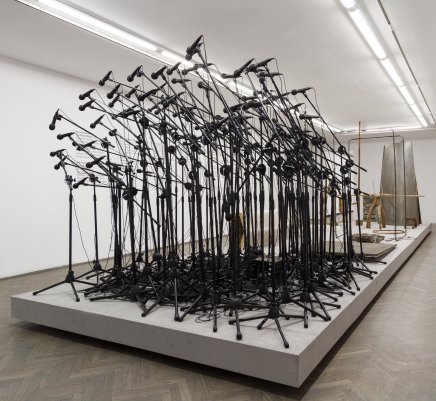
Transformations. Modernity in the Third Polish Republic
The exhibition “Transformations. Modernity in the Third Polish Republic” is the last in the “4 x Modernity” series which has been organised at the National Museum in Krakow since 2021. As part of the exhibition, a wide variety of interpretations of modernity are shown in the fields of Polish art, architecture and design, beginning from the turn of the 19th and 20th centuries and continuing up to the present day. This fourth exhibition will illustrate the phenomenon of the revision of the concept of modernity and its titular transformation, which were contemporaneous with the social, cultural, and political transformations which took place after 1989. A consequence of these transformations was a multiplicity of creative attitudes and a reinterpretation of the code of modernity, which no longer presented a unified and cohesive image yet which brought about a dynamic and diverse polyphony of voices, characteristic of the cultural life of the Third Republic. -
08.08.2025
30.11.2025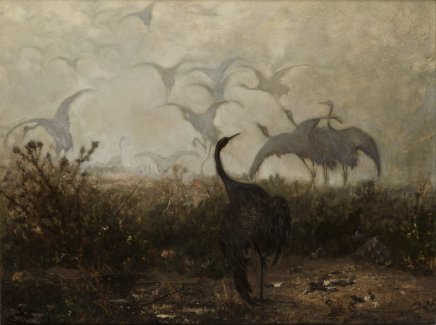
Chełmoński
The Krakow exhibition culminates the monumental series of three monographic exhibitions dedicated to Józef Chełmoński (1849–1914). Two previous editions took place at the National Museum in Warsaw and the National Museum in Poznań. The exhibition includes a wide selection of oil paintings, watercolours and drawing works from many private collections as well as from museum collections - domestic and foreign ones. The extraordinary talent of the creator of Gossamer (pl. Babie lato) and the sensual beauty of his works have earned him the status of a national artist and one of the most outstanding representatives of Polish realism.